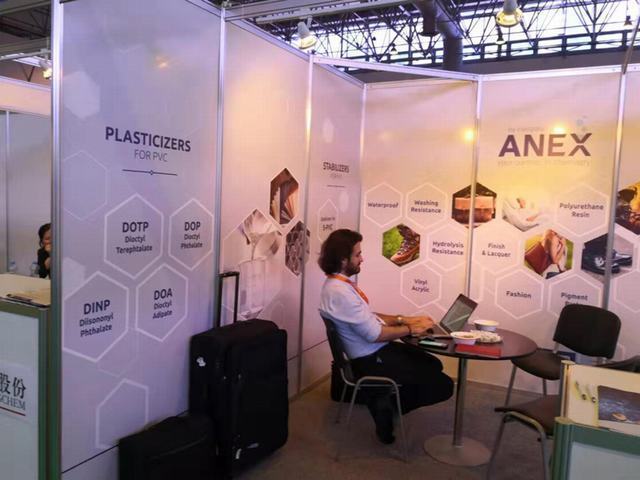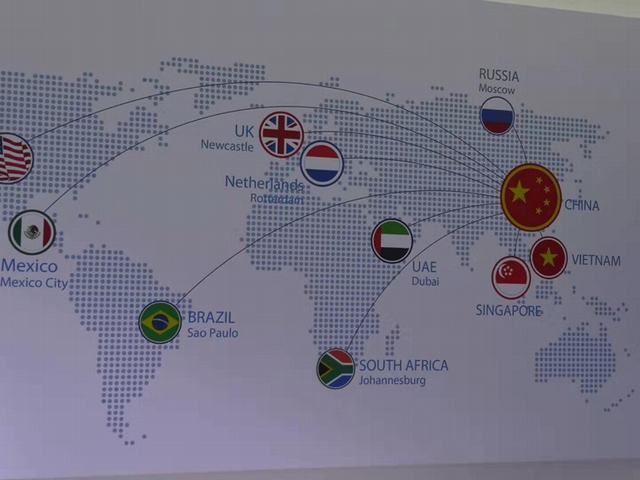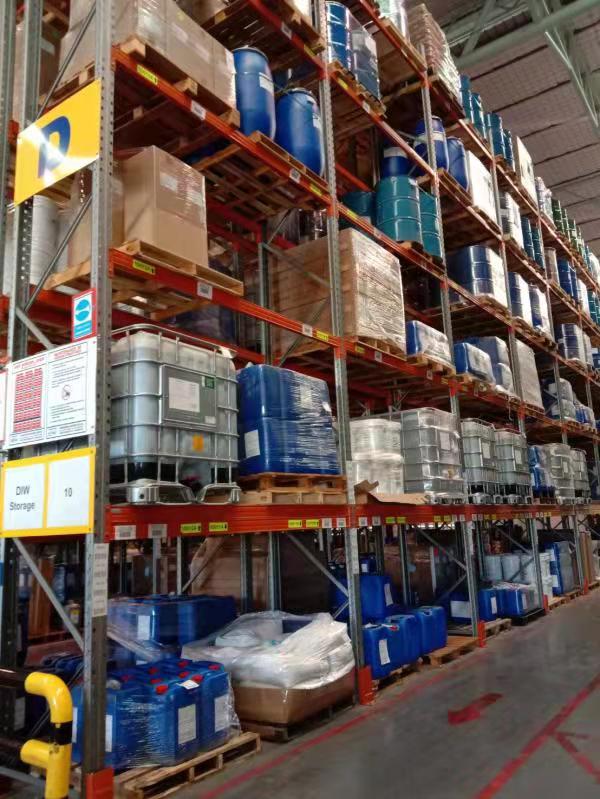There are many types of sponges used in industrial production, including foam cotton, shaped cotton, rubber cotton, memory foam, etc.
Style cotton
This material cotton is made of polyurethane material, mixed with various additives such as foaming agent. The press is put into a simple mold and heated to press out sponges of different shapes. It is suitable for swivel chairs, sofa seat cushions, back cushions, and a small amount of armrests. Made of cotton. The elastic hardness of the sponge can be adjusted according to different parts of the product. Generally, the seat cotton is harder and denser, the back cotton is second, and the pillow cotton is softer.

Foam cotton
This material is foamed with polyether, like foamed bread. It can be foamed by mechanical equipment or manually surrounded by wooden boards. The foamed cotton is like a square loaf of bread. It is sliced using a slicer.
Cutting thickness according to different requirements, the softness and hardness of foamed cotton can also be adjusted. Seat cotton generally adopts a density of 25~28kg/cubic meter, and others use a density of 20~22kg/cubic meter.

Rubber cotton
A kind of sponge. It is made of foamed natural latex raw material. It has rubber properties, excellent elasticity, good resilience, and will not deform. However, it is expensive, 3 to 4 times higher than foam cotton. times.
Picture regenerated sponge
Regenerated sponge, the international common English name BONDED FOAM, is a new type of product and a sponge treatment method commonly used around the world. Regenerated sponge belongs to the recycling of industrial scraps of polyurethane products. Its use value is no less than that of a sponge. It is made of industrial sponge scraps that are crushed, stirred, glue steam, high-temperature sterilized, deodorized and compressed into shape. Products of various densities can be made according to customer needs. High-density and high-elastic regenerated sponges have a density of more than 60 kg/cubic meter. They have the characteristics of efficient flame retardancy, good tensile strength, high elasticity, and non-deformation. They are then sterilized by high-pressure steam to remove odors. , environmentally friendly, economical and practical. It can be widely used in making sofas, mattresses, boss chairs, sports equipment, such as sponge gymnastics mats, sponge fitness mats, sponge wrestling mats, sponge car seat cushions and other products.

Today we mainly introduce the production process of foam cotton.
The main raw materials for the production of foam sponges are: soft foam polyether, POP polyether, and TDI, water, catalysts, external foaming agents, foam stabilizers, etc.
In terms of technology, it is generally divided into two components: A/B. Component A contains: polyether polyol, water, amine catalyst, silicone oil. Stir to mix for 20 seconds.
Component B, TDI, burn retardant, organic tin, stir for 10 seconds.
Mix components A and B at high speed for 10 seconds, quickly introduce them into the molding box, and foam for about 1 minute. Ripening takes 2 hours and can be cut into required size within 24 hours.
The ratio of polyether to TDI is about 2:1, with water, silicone oil, blowing agent catalyst, etc. accounting for a small proportion.